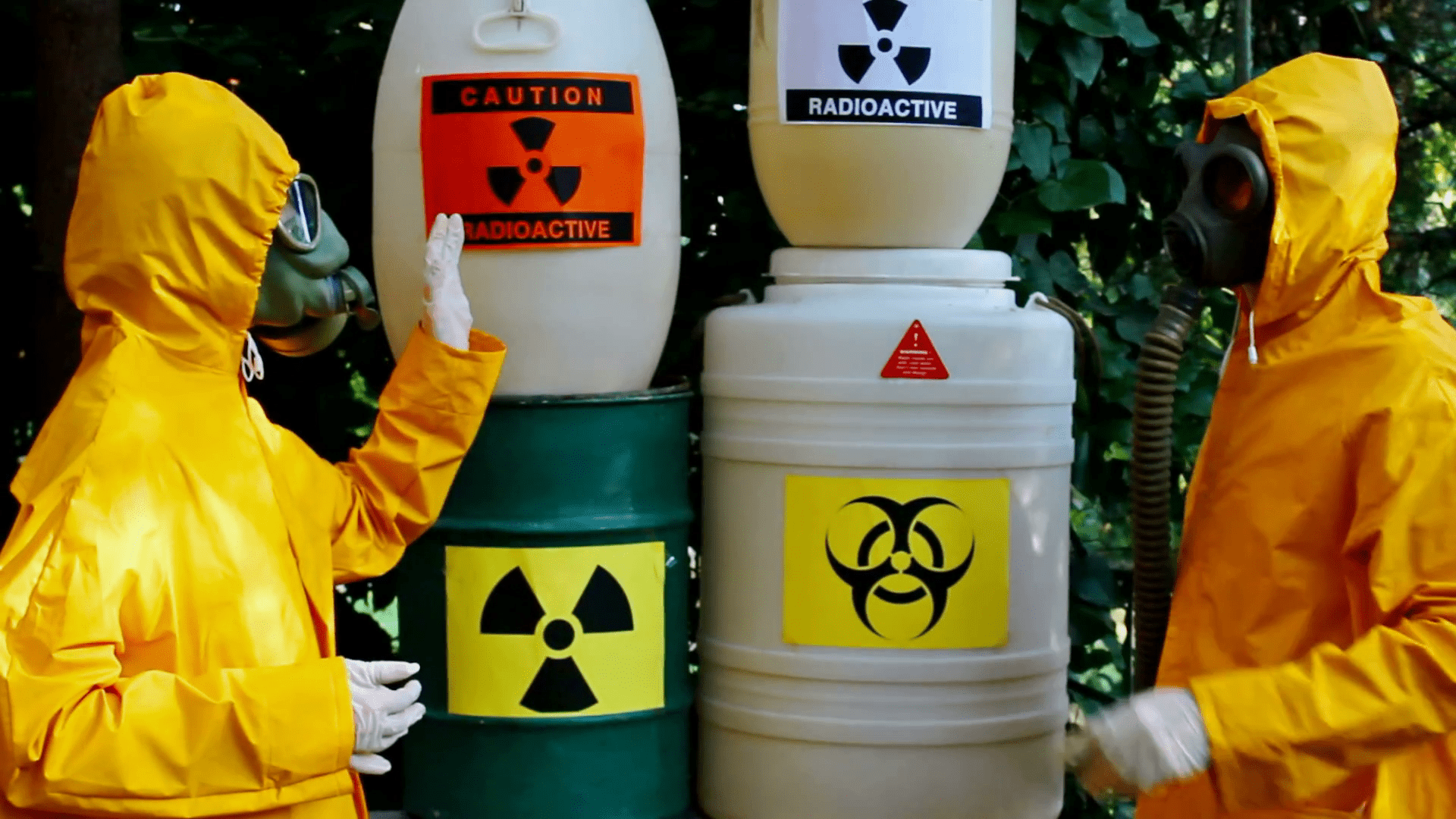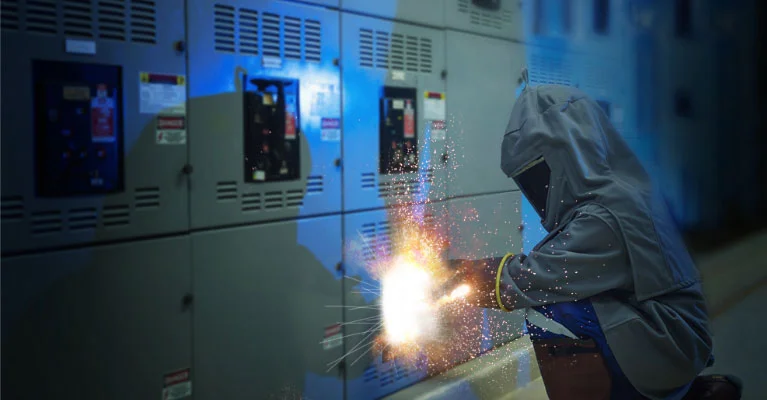Excessive noise is a pervasive challenge in many industrial environments, affecting worker health, productivity, and overall safety. Implementing effective noise control strategies not only complies with regulatory standards but also fosters a more comfortable and efficient workplace. This article explores the sources of industrial noise, its impacts on health and performance, and the best practices and technologies that can be leveraged to reduce noise hazards.
Understanding Industrial Noise Hazards
Industrial noise is generated by various sources, including:
- Machinery and Equipment: Heavy machinery, compressors, and generators often produce high decibel levels.
- Production Processes: Cutting, grinding, and drilling operations can create continuous or intermittent loud noises.
- Environmental Factors: Echoes and reverberation within large facilities or confined spaces can exacerbate noise exposure.
Health and Safety Impacts
Exposure to excessive noise can lead to:
- Hearing Loss: Prolonged exposure to high decibel levels may cause irreversible hearing damage.
- Stress and Fatigue: Chronic noise exposure can increase stress levels, reduce concentration, and contribute to fatigue.
- Communication Barriers: High noise levels hinder effective communication, potentially leading to accidents or operational errors.
Best Practices for Industrial Noise Control
1. Engineering Controls
Noise Source Isolation
- Equipment Enclosures: Installing acoustic enclosures around noisy machinery can significantly reduce sound emissions.
- Vibration Damping: Using vibration isolation pads or mounts minimizes the transmission of noise through equipment supports.
Acoustic Treatments
- Sound Absorbing Materials: Incorporate acoustic panels, curtains, and foam into walls and ceilings to absorb and dissipate noise.
- Barrier Installation: Use physical barriers or partitions to block and redirect sound away from workstations.
2. Administrative Controls
Work Scheduling and Rotation
- Task Rotation: Rotate employees to limit the duration of exposure to high noise levels.
- Scheduled Quiet Periods: Designate specific periods for maintenance and noise reduction to lower overall exposure during shifts.
Training and Awareness
- Hearing Conservation Programs: Educate workers on the risks of noise exposure and the importance of using protective measures.
- Regular Monitoring: Conduct routine noise level assessments to identify hotspots and evaluate the effectiveness of noise control measures.
3. Personal Protective Equipment (PPE)
Hearing Protection Devices
- Earplugs and Earmuffs: Provide quality hearing protection devices tailored to the noise levels present in different areas of the facility.
- Fit Testing and Training: Ensure proper fit and usage through regular training sessions and monitoring.
Leveraging Technology for Noise Reduction
Modern innovations are enhancing industrial noise control:
- Digital Noise Monitoring: IoT-enabled sensors offer real-time monitoring of noise levels, enabling proactive management.
- Predictive Maintenance: Advanced analytics help identify equipment issues that may lead to increased noise, allowing for timely repairs or adjustments.
- Smart Acoustic Materials: Emerging materials with adaptive acoustic properties can dynamically adjust to varying noise conditions.
The Benefits of Effective Noise Control
Investing in noise control measures yields substantial benefits:
- Enhanced Worker Health: Reduced noise exposure minimizes the risk of hearing loss and lowers stress levels, contributing to overall well-being.
- Improved Productivity: A quieter environment facilitates better communication and concentration, leading to higher efficiency and fewer errors.
- Regulatory Compliance: Adhering to noise control standards helps avoid fines and legal issues, while also demonstrating a commitment to worker safety.
Conclusion
Industrial noise control is a critical component of a comprehensive safety strategy. By integrating engineering controls, administrative measures, and personal protective equipment, organizations can significantly reduce noise hazards and create a safer, more productive work environment. Embracing innovative technologies further enhances these efforts, ensuring that as industrial processes evolve, worker well-being remains a top priority. Ultimately, a proactive approach to noise management not only protects employees but also contributes to the long-term success and sustainability of industrial operations.
Discover more from HSEProHub
Subscribe to get the latest posts sent to your email.



